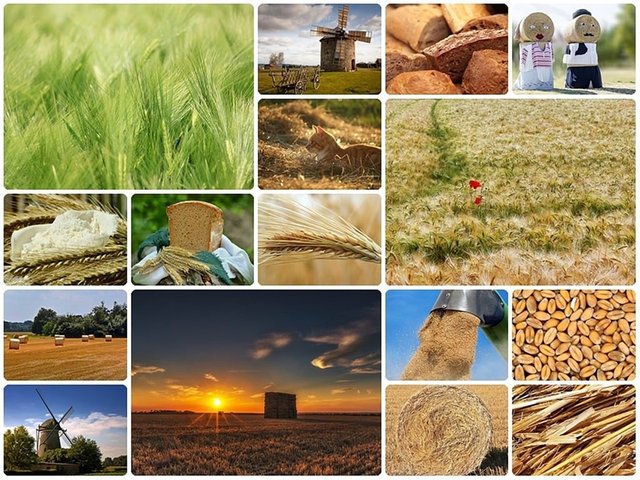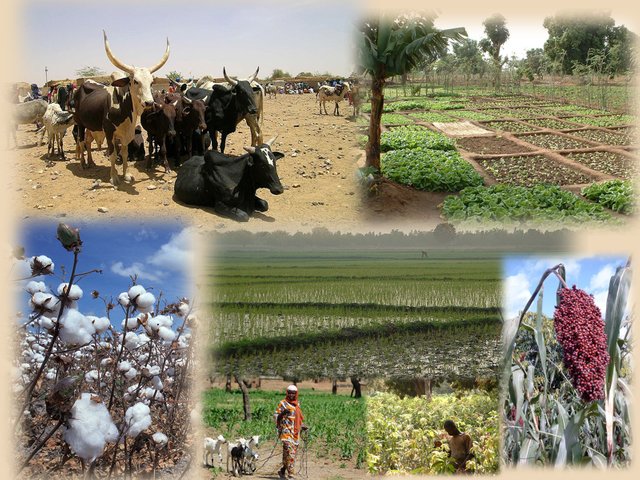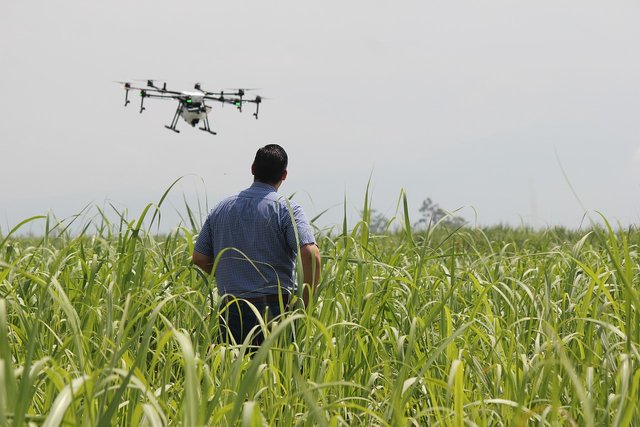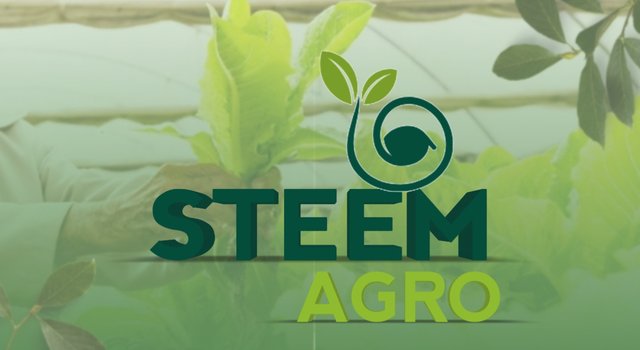Basic Knowledge in Agriculture #35
Greetings my dear friends of Steemit and Steem-Agro
 A collage of different pictures of wheat. Wheat collage wheat collage. - PICRYL - Public Domain Media Search Engine Public Domain Image
A collage of different pictures of wheat. Wheat collage wheat collage. - PICRYL - Public Domain Media Search Engine Public Domain Image
Farming is an age-old practice that has evolved over time, adapting to changing needs, resources, and environmental challenges. The diversity of farming types reflects the rich tapestry of agricultural practices worldwide. From producing staple grains to nurturing ornamental plants and raising livestock, the world of agriculture encompasses a wide array of techniques, each tailored to specific purposes. This diversity not only ensures food security, but also fosters sustainable resource utilization.
Arable Farming
Arable farming forms the backbone of agriculture by focusing on the cultivation of crops like wheat, corn, barley, and rice.
These crops are primarily intended for human consumption or as animal feed. Arable farming includes essential activities such as plowing, planting, and harvesting.
Horticulture
Horticulture specializes in the cultivation of fruits, vegetables, and ornamental plants.It encompasses various practices, including orchard management, viticulture, and floriculture.
 Productions agricoles du Burkina Faso.jpg - Wikimedia Commons
Productions agricoles du Burkina Faso.jpg - Wikimedia Commons
Livestock Farming
Livestock farming revolves around raising animals for meat, milk, wool, leather, and other by-products. Common livestock include cattle, sheep, goats, pigs, and poultry. This type of farming takes different forms such as ranching, dairy farming, or poultry farming.
Aquaculture
Aquaculture, or fish farming, involves cultivating fish, shrimp, and other aquatic organisms in controlled environments like ponds, tanks, or cages. It plays a pivotal role in providing seafood for human consumption.
Mixed Farming
Mixed farming combines crop cultivation and livestock raising on the same farm. This integrated approach fosters resource and nutrient recycling between crops and animals, leading to enhanced farm efficiency.
Specialty Crop Farming
Specialty crop farming focuses on high-value crops like herbs and spices. These crops often require specialized care and are sold at premium prices.
Organic Farming
Organic farming emphasizes natural and sustainable practices to grow crops and raise livestock. It avoids synthetic pesticides and fertilizers, prioritizing soil health and biodiversity.
Vertical Farming
Vertical farming is a modern approach that entails growing crops in stacked layers or vertically inclined surfaces in controlled environments like indoor facilities or greenhouses. It maximizes space and reduces water usage.
Hydroponics
Hydroponics is a soulless farming method involving the cultivation of plants in nutrient-rich water solutions. It is particularly suited for areas with limited arable land and enables year-round cultivation.
Urban Farming
Urban farming takes place in cities and urban areas, often on rooftops, vacant lots, or community gardens. It aims to provide fresh, locally sourced food for urban populations.
Precision Farming
 Download free photo of Drone,precision agriculture,crops,spray,fumigation - from needpix.com
Download free photo of Drone,precision agriculture,crops,spray,fumigation - from needpix.com
Precision farming, or smart farming, uses technologies such as GPS, sensors, and data analytics to optimize farming practices. It enhances efficiency by enabling precise application of inputs like water, fertilizers, and pesticides.
Agroforestry
Agroforestry combines tree and crop cultivation on the same land, offering multiple benefits, including enhanced biodiversity, improved soil health, and diversified income streams.
Permaculture
Permaculture is a design approach that seeks to create self-sustaining agricultural ecosystems. It involves the integration of diverse plants and animals to create resilient and regenerative farming systems.
Conclusion
The world of farming is as diverse as the crops it cultivates andthe landscapes it spans. Different types of farming are essential for catering to the varied needs of societies, economies, and ecosystems. They play a crucial role in providing food security, sustaining natural resources, and adapting to evolving challenges such as climate change and urbanization. As farmers continue to innovate and adapt, the tapestry of agriculture will evolve further, ensuring the sustainable use of our planet's precious resources.
Thank you for reading my post.
I would like to invite three fellow Steemians to participate in the contest.
@sabbirakib
@edu-chemist
@chiagoziee
Welcome to steem-agro!
MODs Comment/Recommendation:
Your Participate in this amazing contest best Wishes
Remember to always share your post on Twitter using these 3 main tags #steem #steemit $steem

Thank you for verifying my post and feedback.
This is a brilliant and well-organized summary of agricultural systems an it highlights both traditional and modern methods while emphasizing sustainability and innovation. A truly valuable guide for anyone interested in farming and food security.
Thank you for visiting my post and supportive comment.
You are welcome
X Link
https://x.com/Saha_tweet/status/1935200620648222777
You have been supported by the team:
Curated by: @dove11
@dove11 Sir thanks for the support.